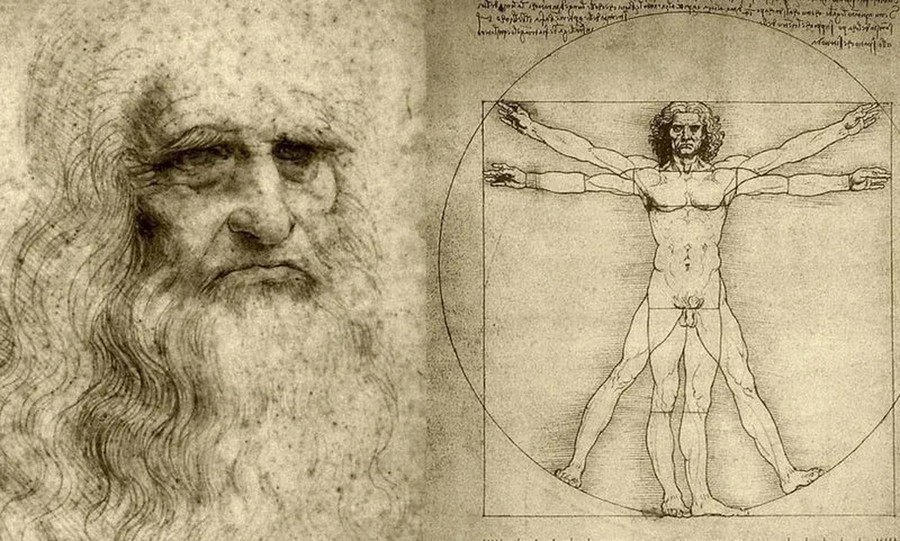A decades-old Siberian tooth sample has shown a hitherto undiscovered mammoth lineage as well as some unexpected modifications in a probable ancestor.
Woolly mammoths are famous from the Pleistocene era. Between 700,000 and 10,000 years ago, these enormous, shaggy creatures roamed a large portion of the Northern Hemisphere, prospering in the chilly eras when glaciers grew and huge, icy grasslands flourished. However, according to a study published in 2021 in Nature, the characteristics that allowed woolly mammoths to withstand the cold were not specific to these fuzzy elephants. According to a recent discovery made possible by million-year-old DNA, woolly mammoths acquired many of their characteristics that allowed them to survive in frigid climates from even older mammoth species.
Tom van der Valk and his team at Sweden's Science for Life Laboratory conducted the investigation, which was based on ancient DNA extracted from three mammoth teeth discovered in northeastern Siberia in the 1970s. The oldest relic, known as the Krestovka mammoth, is more than 1.2 million years old. Other fossils include the Adycha mammoth, which is thought to be approximately a million years old, and the Chukochya mammoth, which lived between 800,000 and 500,000 years ago. The goal of studying these extinct mammoths was to discover genetic hints about when woolly mammoths evolved their shaggy coats and physiological adjustments to their cold surroundings.
However, the DNA evidence did not match what was predicted by paleontology. The earlier mammoths that predated the woollies have genetic markers for cold-adapted characteristics. This indicates that the traits traditionally believed to be specific to woolly mammoths really evolved much earlier and were present in the steppe mammoth, who is assumed to be its presumed ancestor.
Paleontologist Chris Widga, of the Gray Fossil Site and Museum, who was not involved with the current work, claims that paleogenomics is demonstrating how constrained our understanding of evolution was when we were just given morphological evidence. Nearly all of the information we had on mammoths for more than a century came from bones, tracks, and the rare cadaver. According to Widga, however, relatively recent methods for analyzing ancient DNA in Pleistocene animals other than mammoths are swiftly refuting conventional wisdom.
Another surprise was provided by the DNA data, which revealed that the Krestovka mammoth belonged to a brand-new, previously undiscovered lineage of mammoths. These might have mated with early woolly mammoths to give rise to the Columbian mammoth, a massive North American species. In other words, the Columbian mammoths were probably hybrids and didn't evolve through adaptation. Paleontologists may now view these powerful creatures in a completely different way because this is the first instance of it that has been recorded in ancient DNA.








